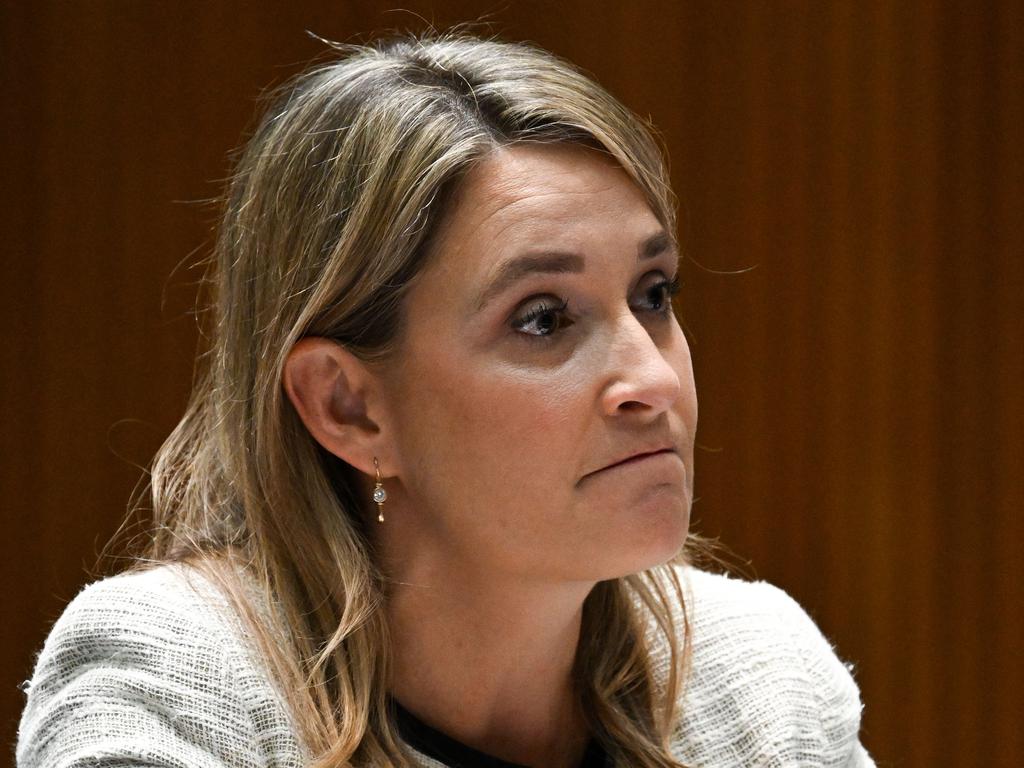Meet the big four bank that is quietly building its own brain
It’s almost the stuff of science fiction and it’s happening inside your local bank branch.

Business
Don't miss out on the headlines from Business. Followed categories will be added to My News.
One bank has dug deep into its data vaults and now is on the cusp of stepping right inside the mind of customers.
National Australia Bank boss Ross McEwan has hand picked a tech team from his days running UK lender RBS, to design a powerful artificial intelligence model that sifts through billions of real-time interactions with customers.
In doing so, NAB has built its own “Customer Brain”.
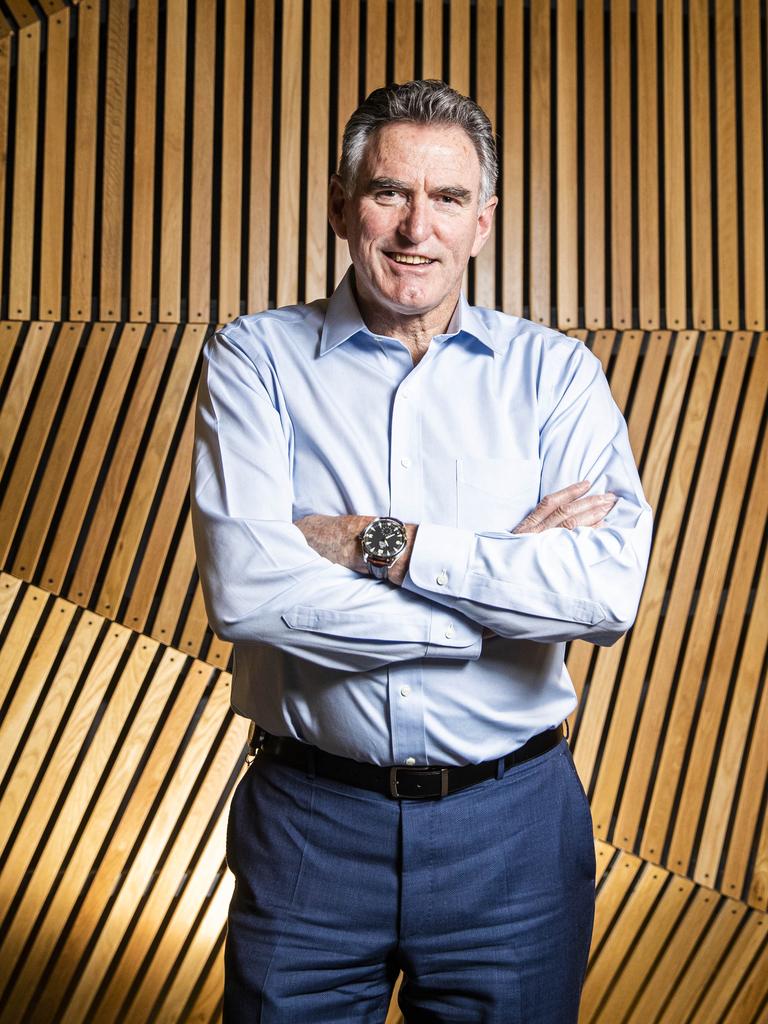
NAB quietly switched on the Customer Brain project a year ago. And the results so far have blown away expectations by turbocharging the bank’s engagement with customers.
The project, years in the making, effectively uses AI to analyse customer habits and then smash down silos that can build up in large organisations to get better view of the same customer and anticipate their needs.
It is an attempt to deliver the precise products to the right customers while sorting out day-to-day banking problems before they arise.
“It’s about drawing on lots of data sources at what customers are up to through transactions, and what they’re doing inside our system. And it’s the process pulling that together and saying ‘here’s something that’s relevant for you’,” McEwan tells The Australian.
Each of the big four lenders are spending billions of dollars on technology and in many ways are locked in to their own tech arms race.
Big tech
Cloud computing, which puts supercomputing in the reach of a bank teller, and new AI models are just some of the ways banks are trying to win over customers and get ahead of rivals.
At the same time banks generate billions of data points from day-to-day transactions. While this delivers vast insights, banks have often struggled to break this down enough to make it relevant at the individual customer level.
The Customer Brain program is powered by 200 machine-learning models and has so far taken in 36 billion data points covering everything from transactions to the way customers use the NAB banking app.
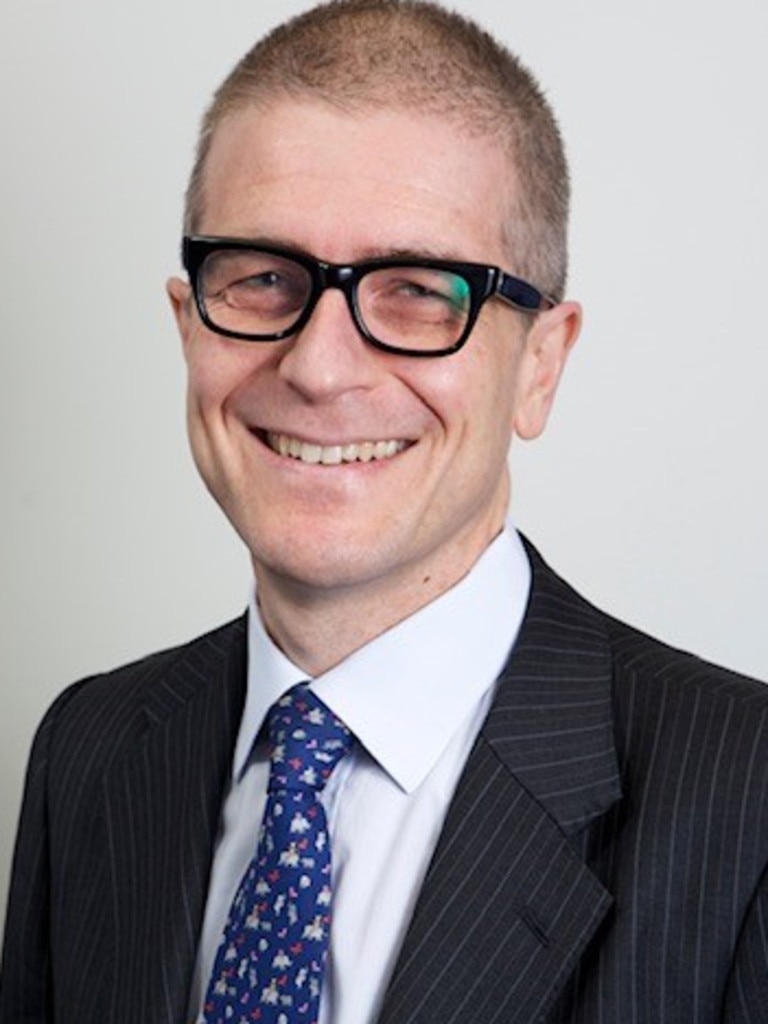
Still in its early days, the program last year prompted more than 386 million decisions across 11 million customers. NAB says it is already delivering more effective leads for business bankers, generates better loan deals and outcomes for customers, and has also been used to get ahead of scams and fraud.
The real edge though is the executive behind the Customer Brain, NAB’s chief data and analytics officer, Christian Nelissen, who delivered a similar project for McEwan at RBS.
Nelissen likens the tech to “old fashioned banking” when the bank teller really knew their local customers.
Nelissen, who started his career as a teller and has had senior tech roles at Commonwealth Bank and Canada’s TD Bank, says the digital channels added on over the years have broken that connection – even though customers are interacting with their bank more than ever.
“The aim is to get to a point where we know you as an individual, and we’re talking to you about what’s important to you every time we have an opportunity to say something to you,” he says.
Nelissen quickly adds that there are strict rules around how the data is permissioned and used but allows NAB to decide the most important experience in the moment.
Brain power
But what does all the technology mean for the real world?
At RBS the program had a clear line between increased sales and increased net promoter score – a more valuable measure for banks than customer satisfaction.
Business bankers were better equipped to undertake outbound calls. A recommendation from the Customer Brain is more likely to generate new business, an action or even a higher net promoter score.
Conversions for interactions not prompted by the Customer Brain were far lower, suggesting the lack of personalisation was having a negative effect on customer connections.
It’s the simple things too that allows NAB to be more targeted with customers. This extends to customers looking at home loan calculators online or searching on savings options through the app. Even buying an airline ticket with a credit card could prompt an overseas payment option.
The introduction of generative AI into the project offers a new layer of interaction, including helping to shape the tone of voice in automation depending on the customer’s age.
The program too can be used to ease tensions with customers. If someone complains, then the last thing they want to see is an offer for a credit card or loan. However, next time they walk into the branch, log into the app or contact the call centre they can be asked if their issue was resolved.
“This shows we’re thinking about you – not about us – and we think about you every time we talk to you across every channel,” Nelissen says.
OpenAI drama
Satya Nadella’s cultural transformation of Microsoft has been the big factor that allowed the nearly five-decade old tech major to pull off a coup to secure the architects behind leading artificial intelligence engine OpenAI. And the dramatic shake-up at OpenAI, the company behind ChatGPT, has exposed the bigger battle going on behind the future of AI.
Under Nadella, Microsoft is now neck-and-neck with Apple for the title of the world’s biggest tech company. But remarkably, the $US2.8 trillion ($4.2 trillion) software play has since shed its “lumbering” tag, with one-time Silicon Valley darlings Google-owner Alphabet and Mark Zuckerberg’s Meta now more likely to claim that title.
Microsoft moved quickly over the weekend to hire OpenAI founder Sam Altman, who was ousted from his own company late Friday. Joining him is Greg Broackman, the former president of OpenAI, and it is likely many more will join them.
More than 700 employees of the Silicon Valley start-up have now threatened to leave unless the board resigns. OpenAI’s chief scientist IIya Sutskever also signed the letter.
An exodus of engineers at the world’s hottest start-up joining Microsoft would have been unthinkable just a decade ago. Microsoft, headquartered more than 1000km from Silicon Valley, saw its shares surge in Monday’s session as it confirmed the signing of the OpenAI duo.
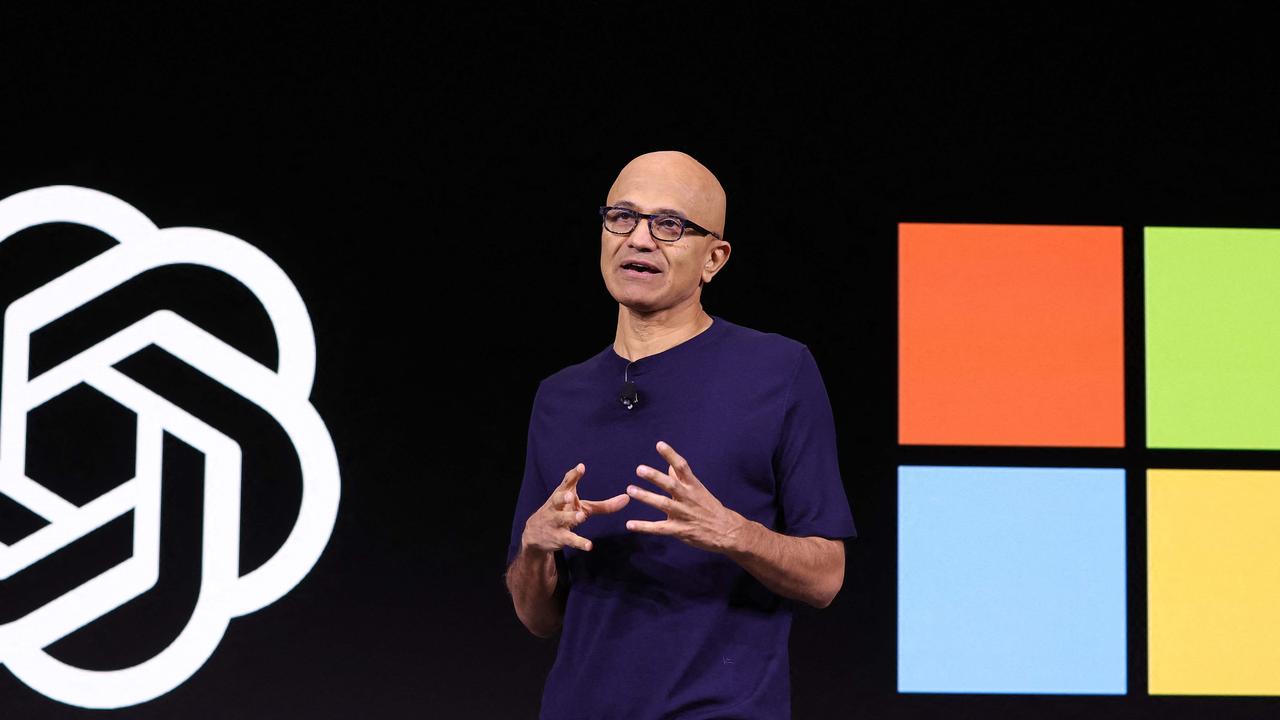
If — as threatened — many of OpenAI workers jump ship, the tech giant would have been able to engineer an acquisition without paying a hefty premium for goodwill. At the same time, it would bypass anti-competition triggers so it could hit the ground running in development.
Microsoft has only now been able to push ahead with a near two-year-old $69bn deal to buy gaming company Activision Blizzard after becoming tangled in competition hurdles.
Since 2016, Microsoft has been a big investor in OpenAI. And in return, the tech major has secured exclusive license to its powerful artificial intelligence models now deeply embedded in its software.
However, for the billions Microsoft has pumped into OpenAI it doesn’t have a say in the running of the company. Rather it is governed by a non-profit entity, which includes oversight of the commercial arm that Altman ran, with the board’s mission to advancing AI for the benefit of humanity over profit.
Tech tensions
As events unfolded across Silicon Valley over the weekend, one thing was clear: it has exposed the real world tension between two camps around how generative AI is being commercialised.
Most large companies have been working with machine learning AI models where the functions and output is largely governed and easy to control by humans.
But generative AI, where OpenAI has been able to break ground, is built around machines learning themselves and making their own decisions around how they are going to implement changes.
This represents a big breakthrough in the way AI operates, and the financial benefits for the winner are massive. However, with concerns over the unknown dangers over the fast moving technology, the not-for-profit board of OpenAI was determined to reassert control and ousted Altman. Multi-billionaire Elon Musk, who co-founded OpenAI but left in 2018 given a conflict with Tesla, has previously warned of the potential dangers of the technology being developed by OpenAI.
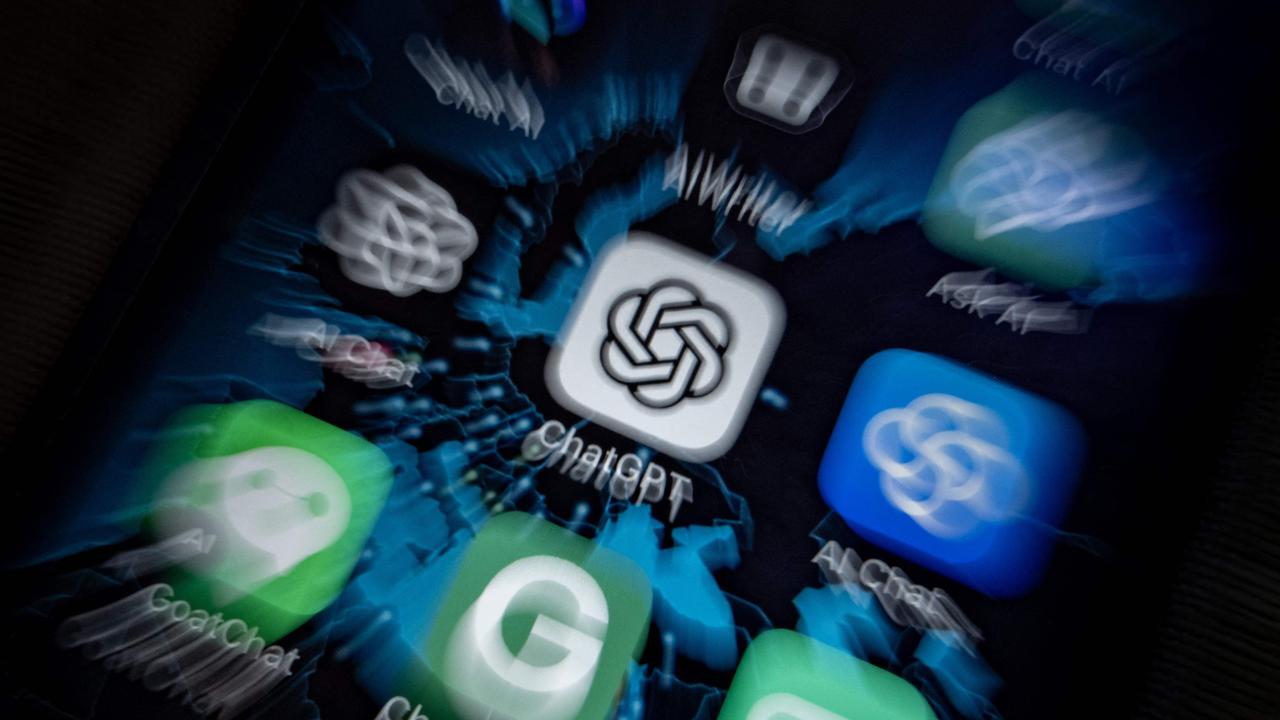
Microsoft says it has been leading the way in responsible AI since last decade and has systems and governance in place to help customers and partners to deploy AI safely.
The tech giant has invested $US13bn in OpenAI, but this is far from a sunk cost. Much was used to build the expensive supercomputing infrastructure needed to run the data hungry programs developed by OpenAI. Microsoft will continue to leverage the infrastructure.
Under former Microsoft boss Steve Ballmer revenue was king, while employees were ranked along a bell curve, drawing out a competitive over collaborative streak. It was through this era when Microsoft was widely regarded as falling behind on innovation, even though it still employed some of the brightest minds in tech.
Since taking charge of Microsoft nearly a decade ago, Nadella has worked hard to reinvent the culture of the software major. Under the banner of “One Microsoft” he focused on collaboration and restructured the company around customer lines rather than product lines.
He still expects workers to push themselves, particularly on new tech.
“In an economy where yesterday’s exceptional is today’s expected, all of us at Microsoft will need to embrace a growth mindset and, more importantly, confront our fixed mindsets as our culture evolves,” Nadella wrote last month in his investor letter.
johnstone@theaustralian.com.au
More Coverage
Originally published as Meet the big four bank that is quietly building its own brain



